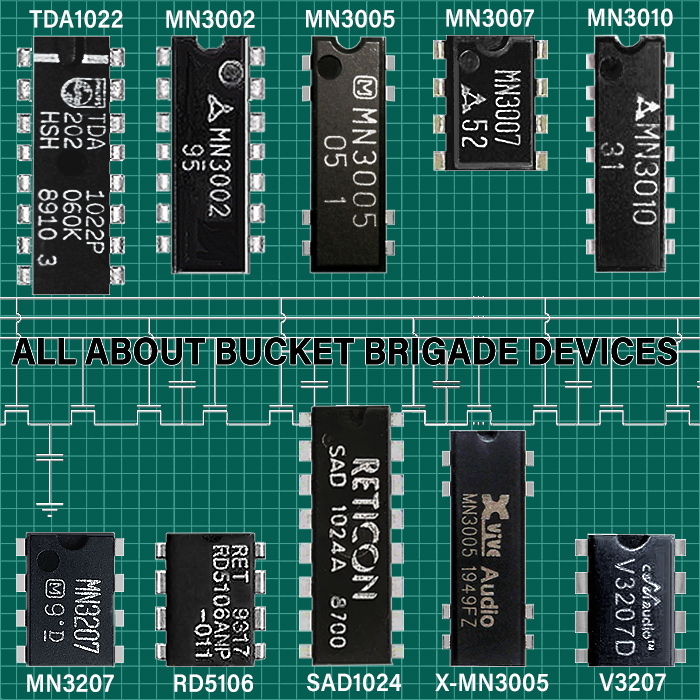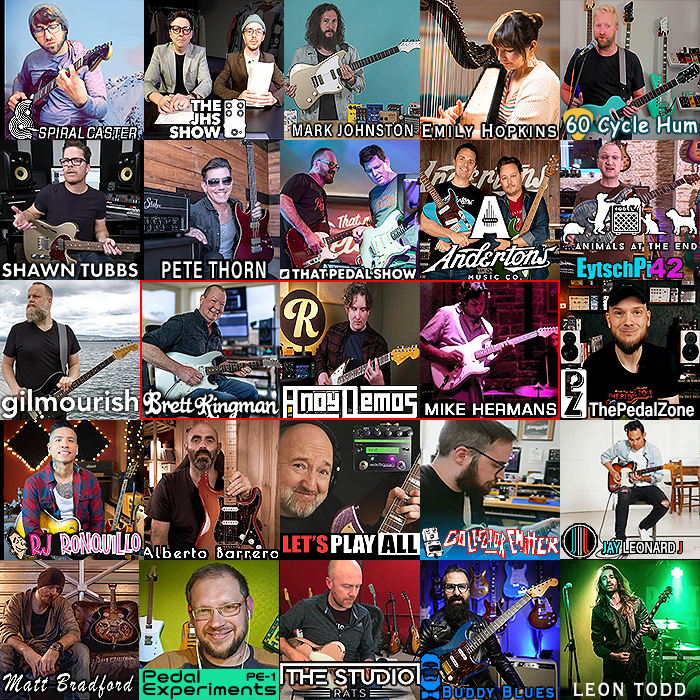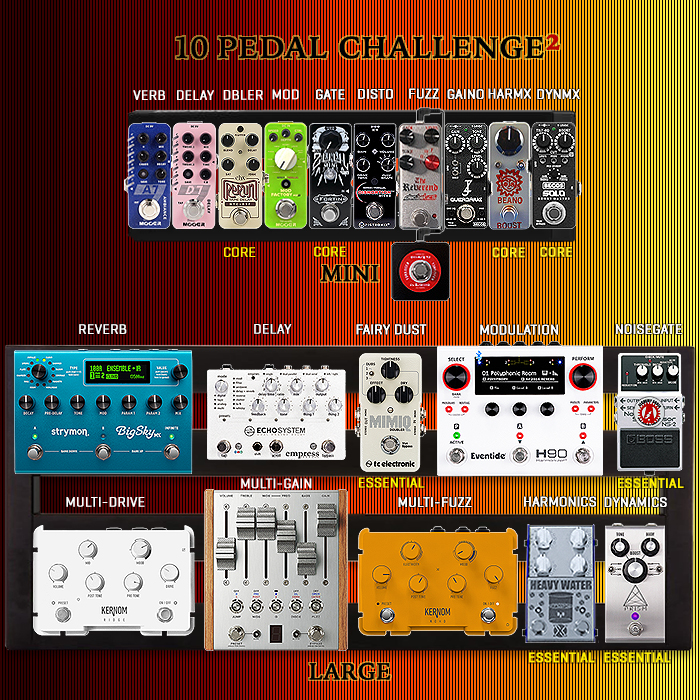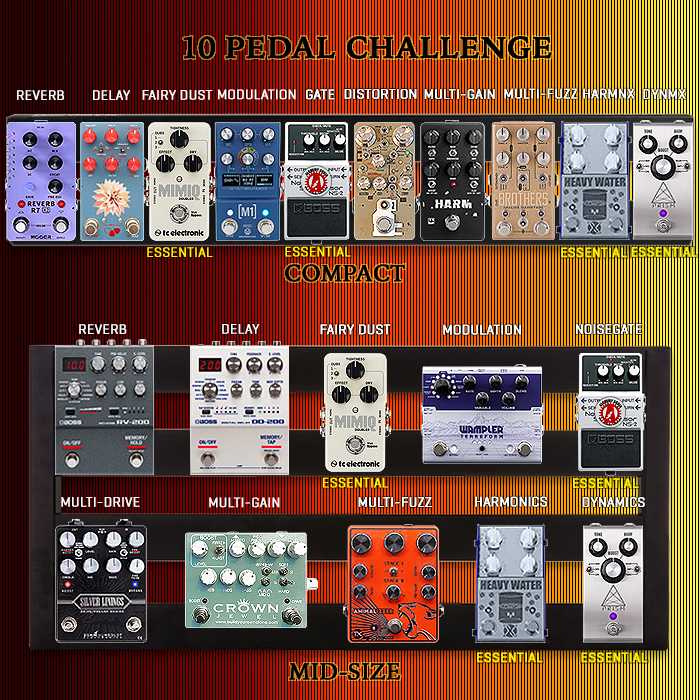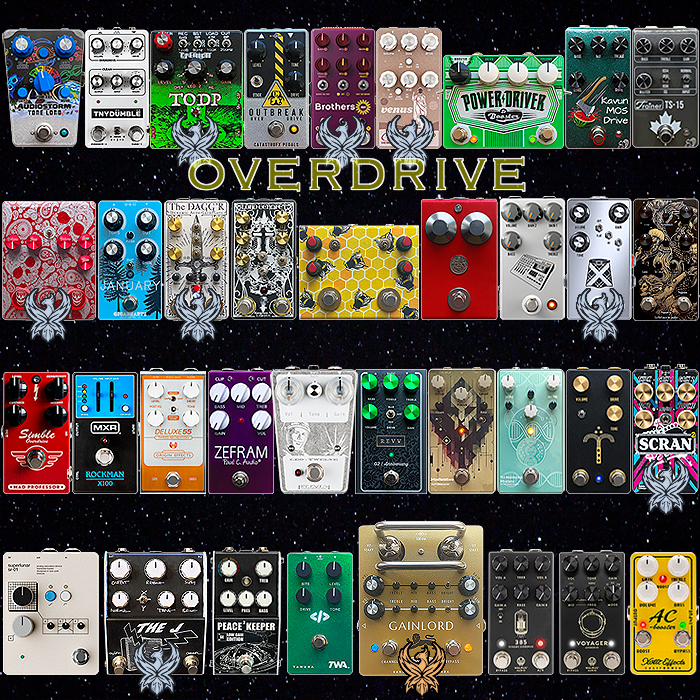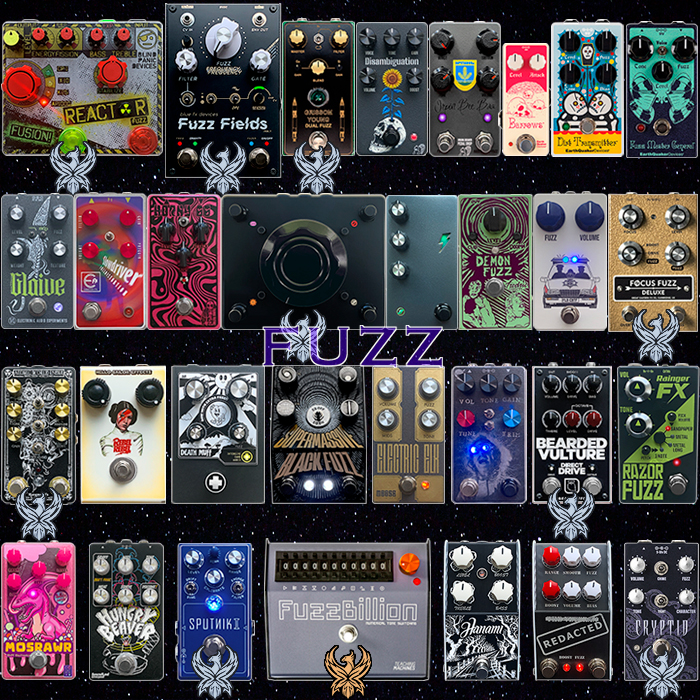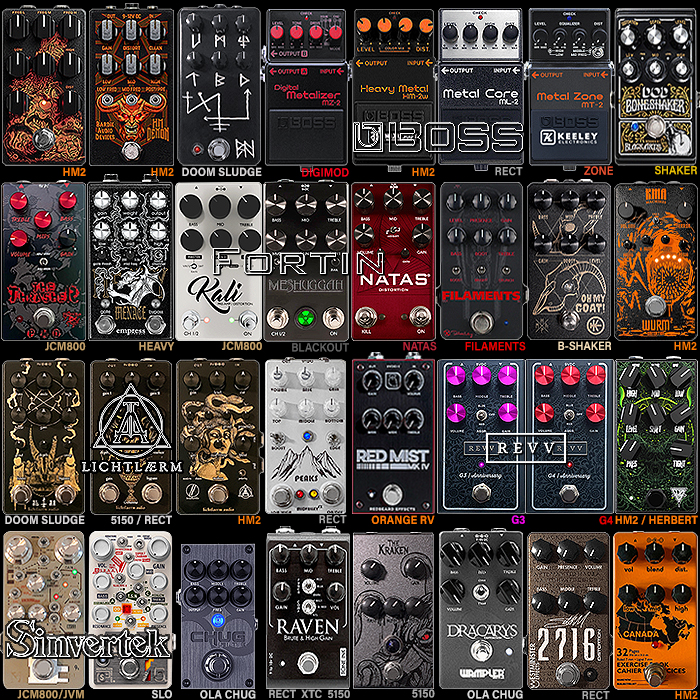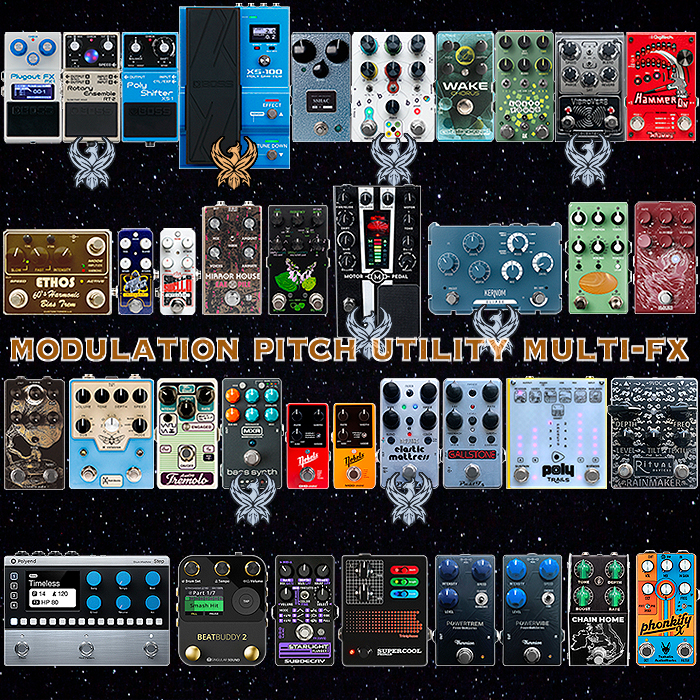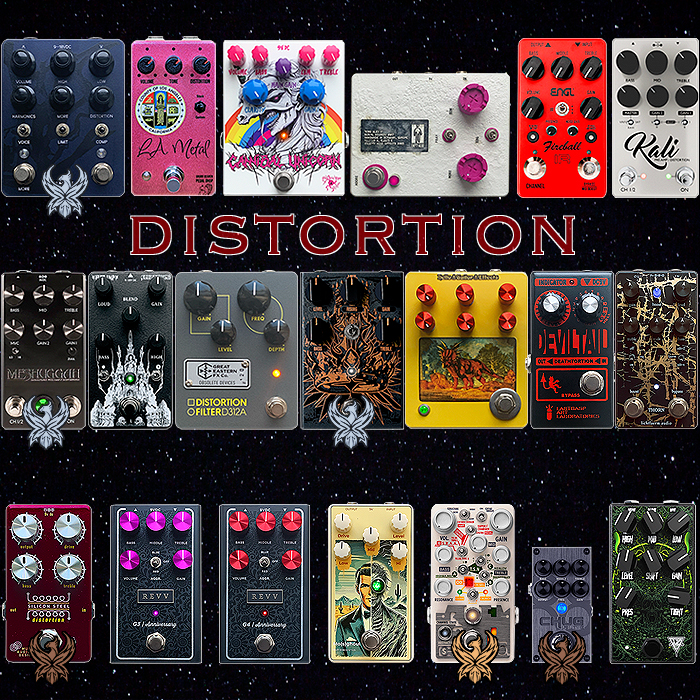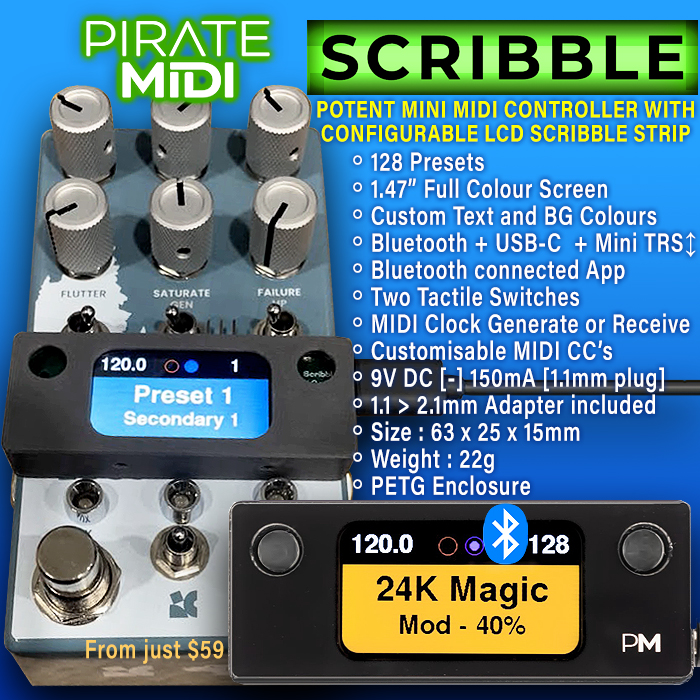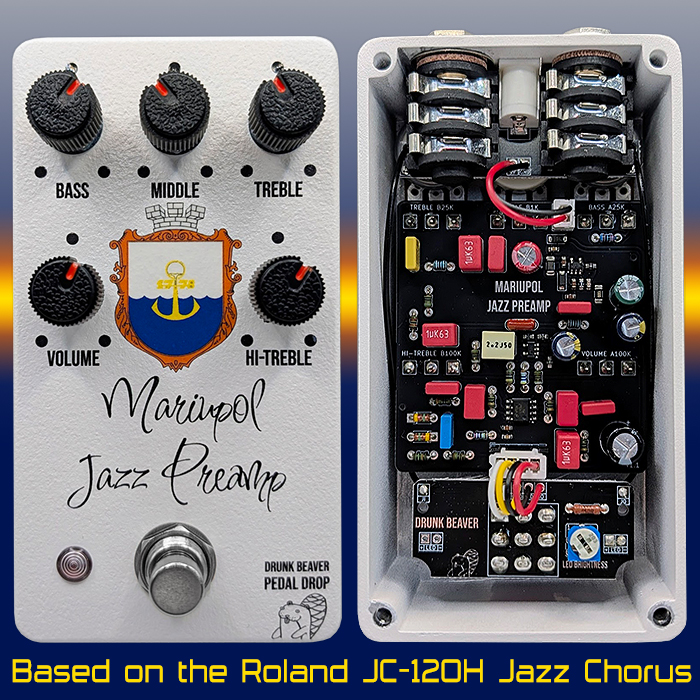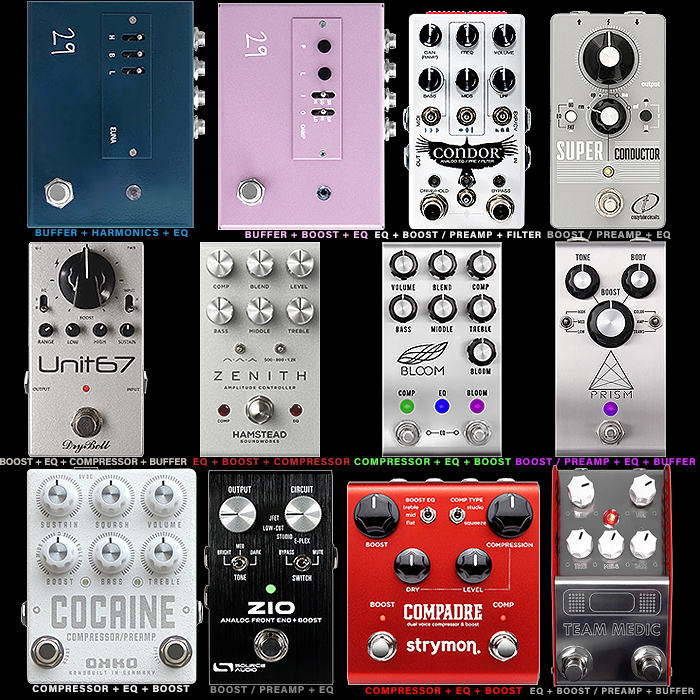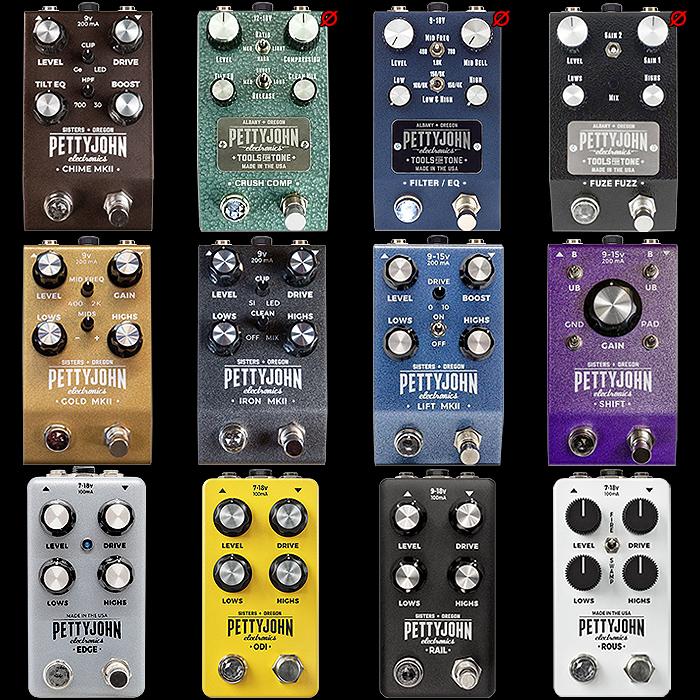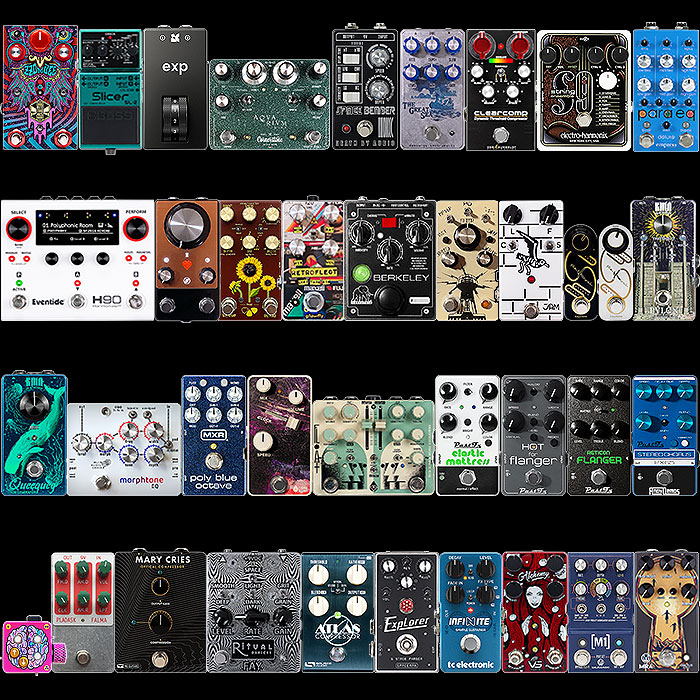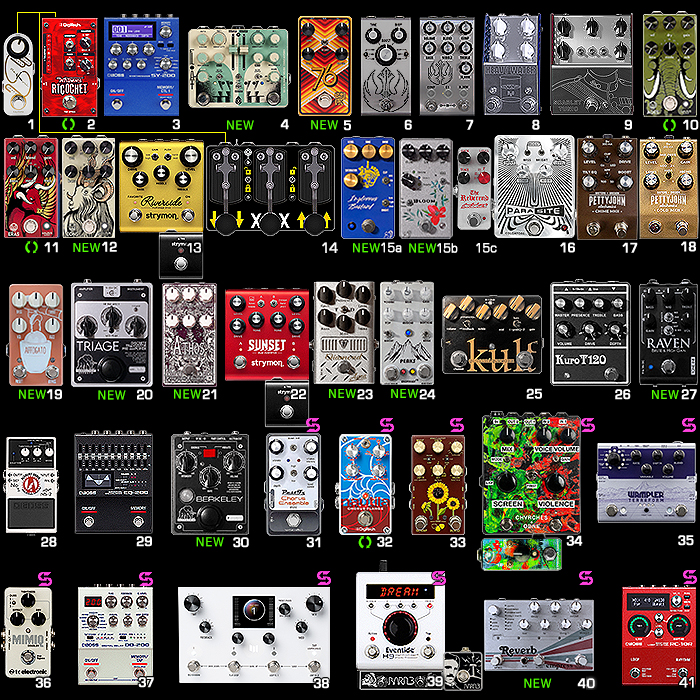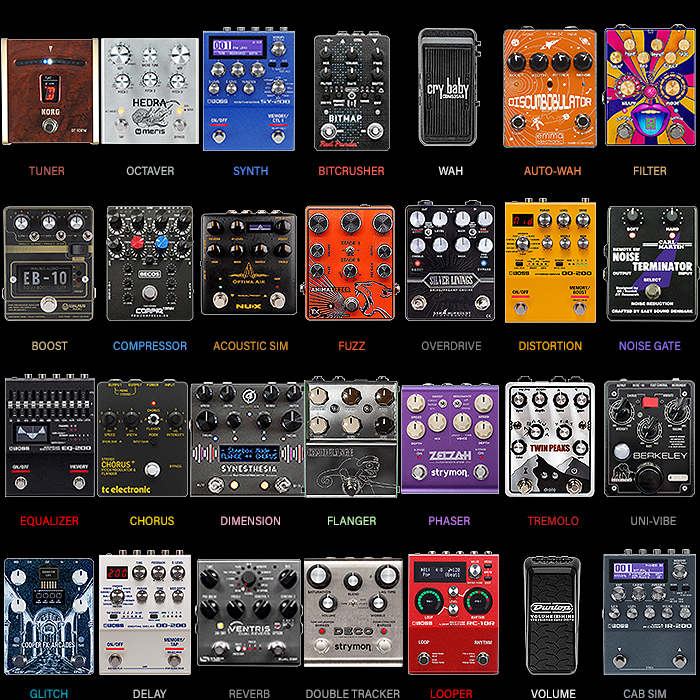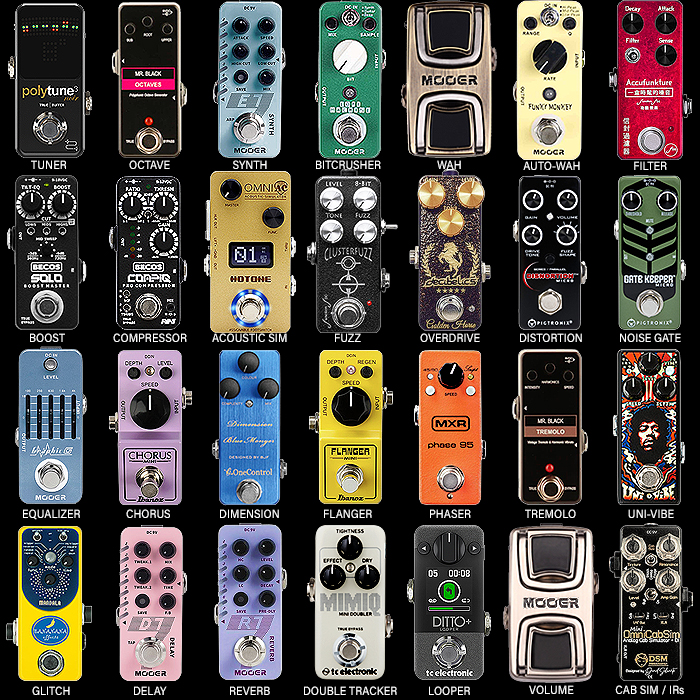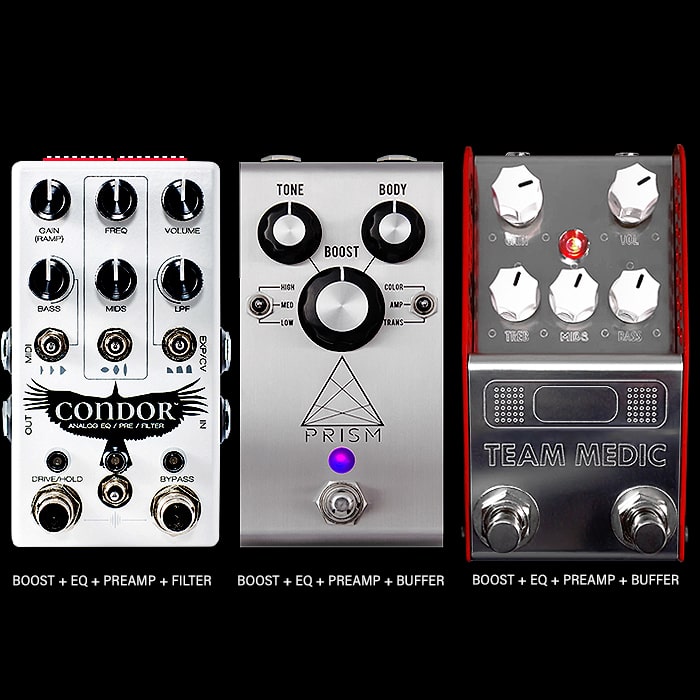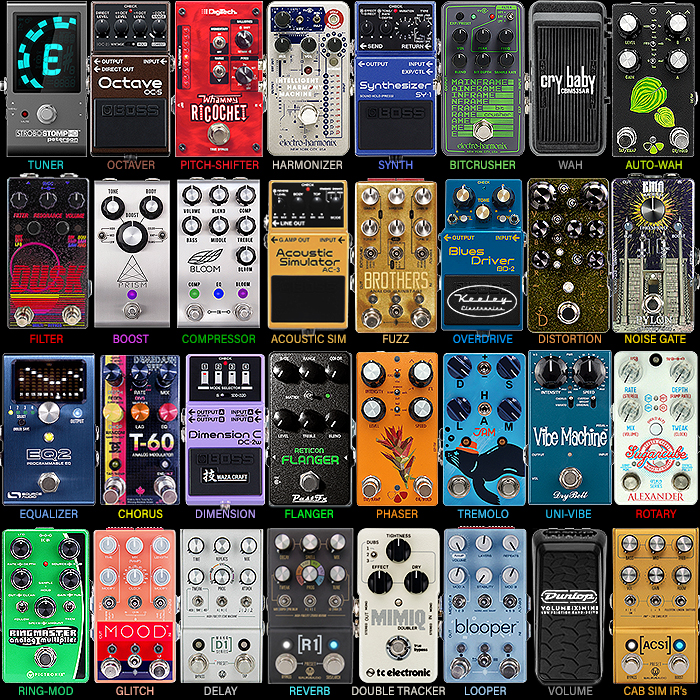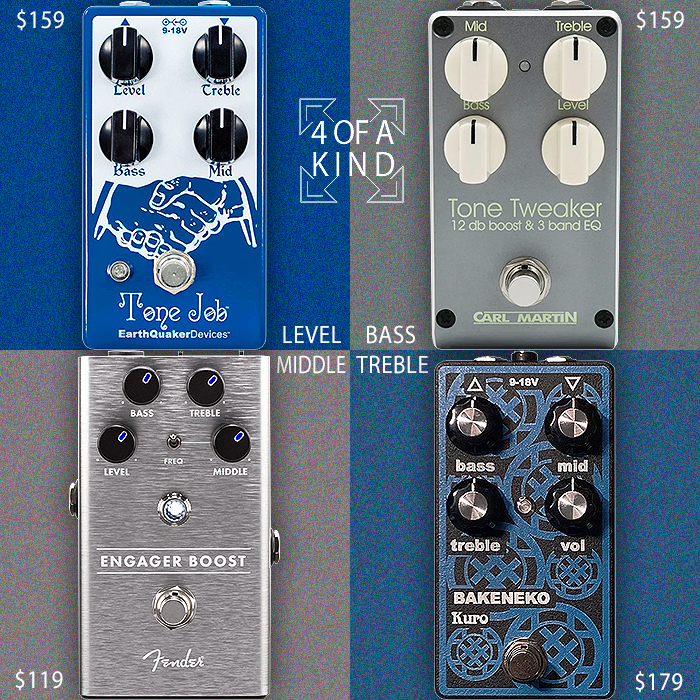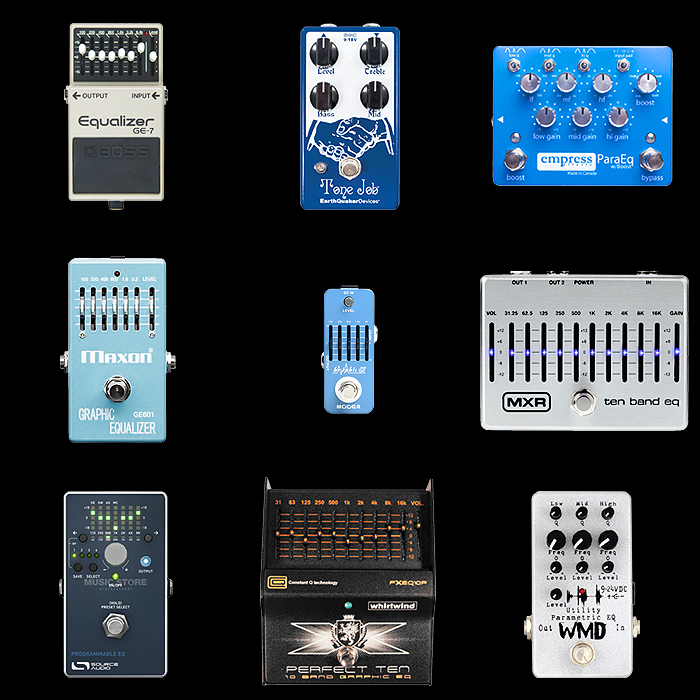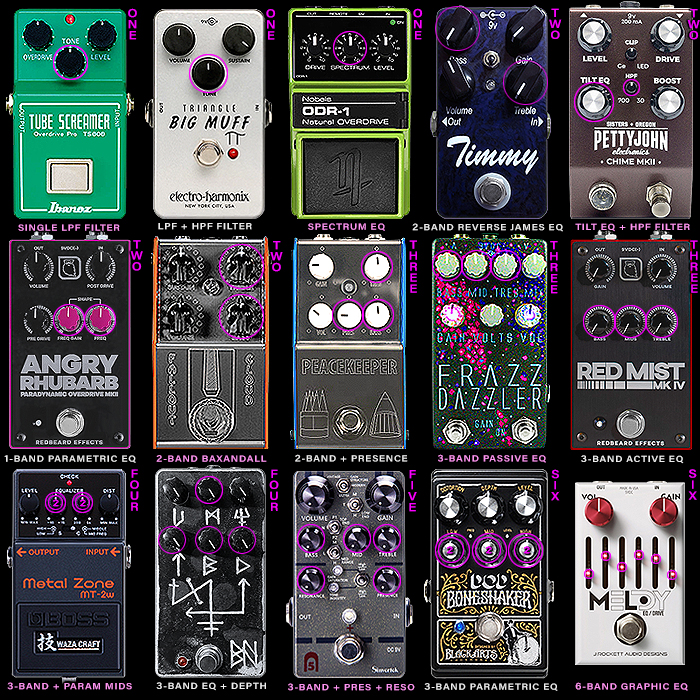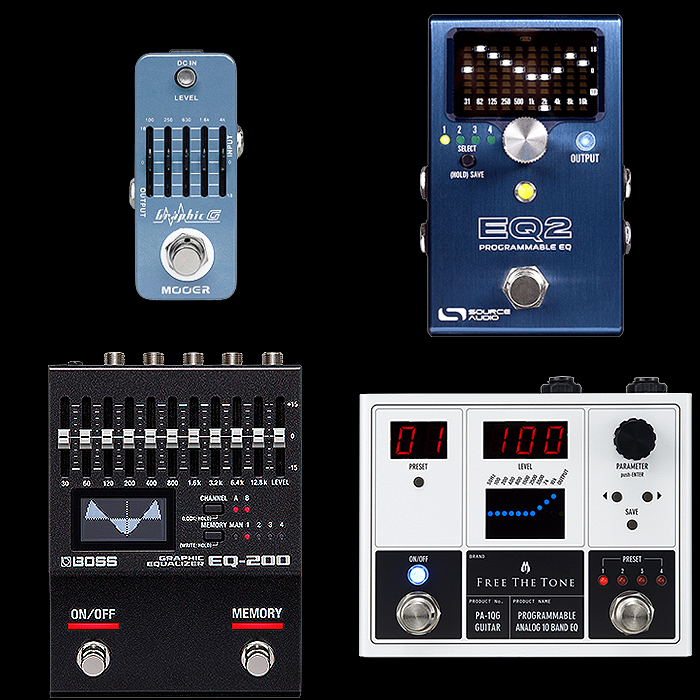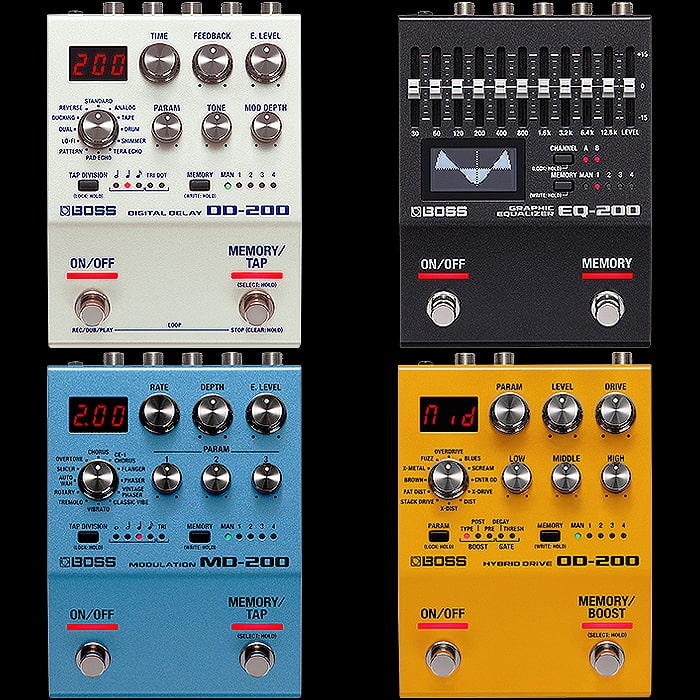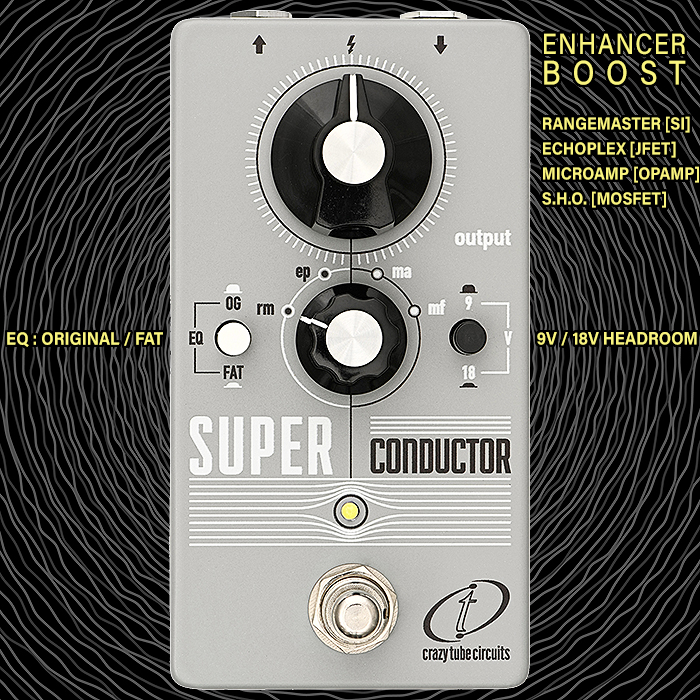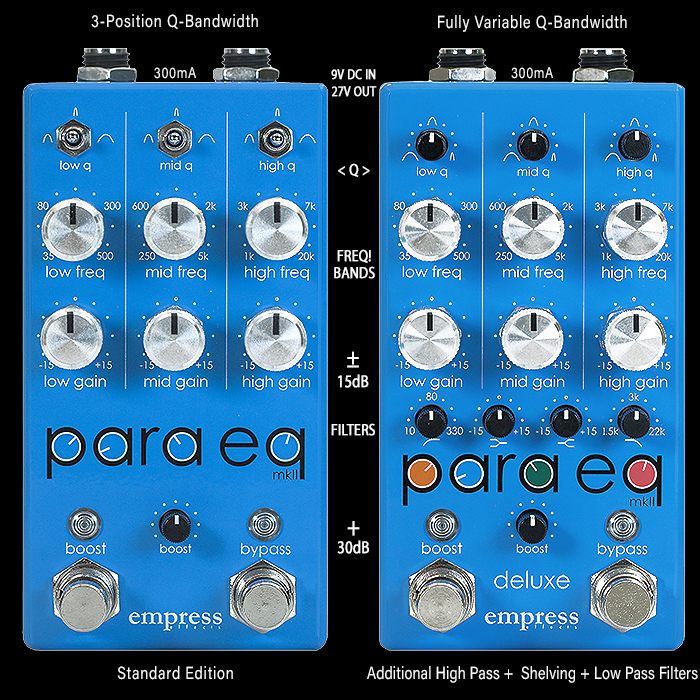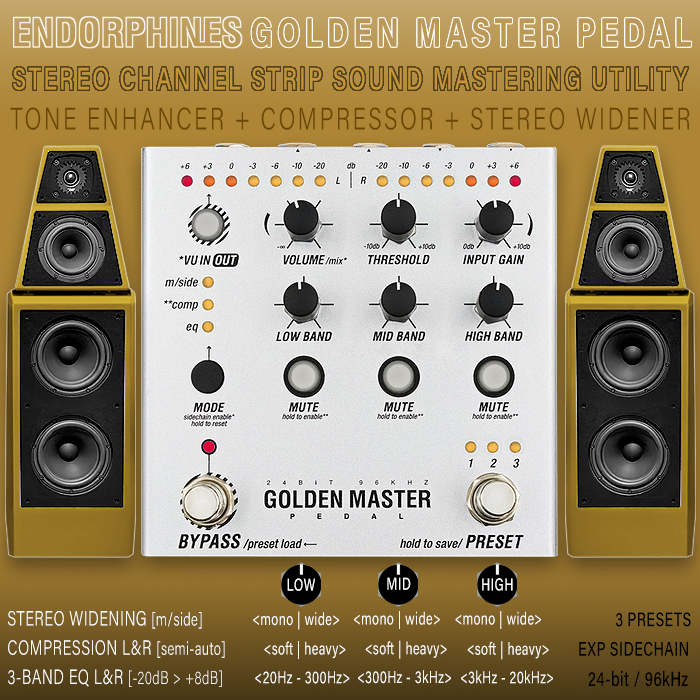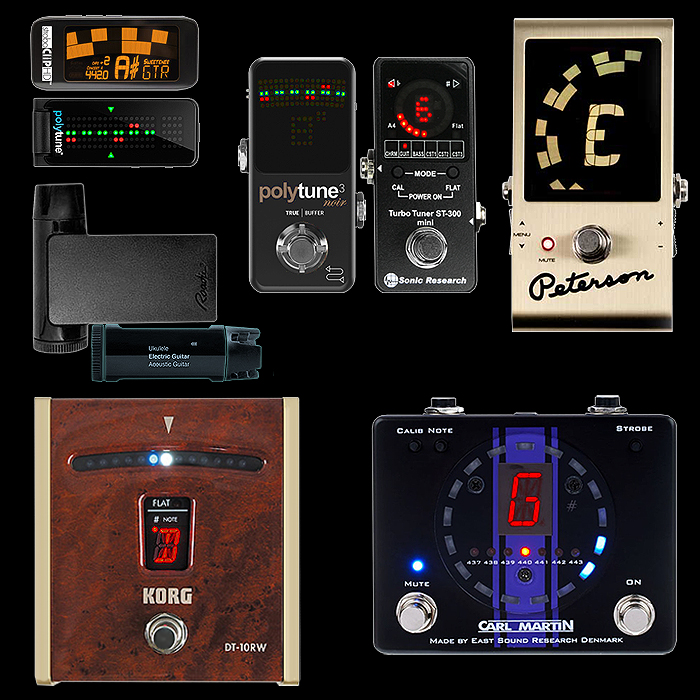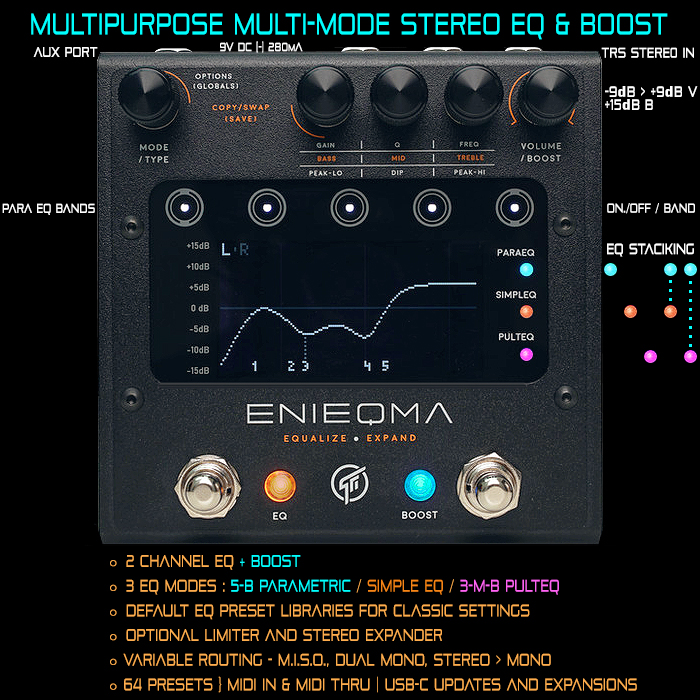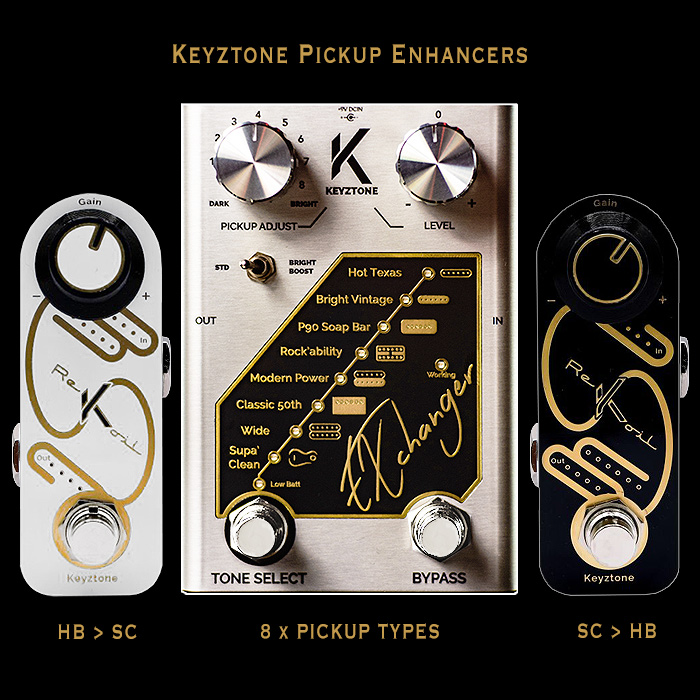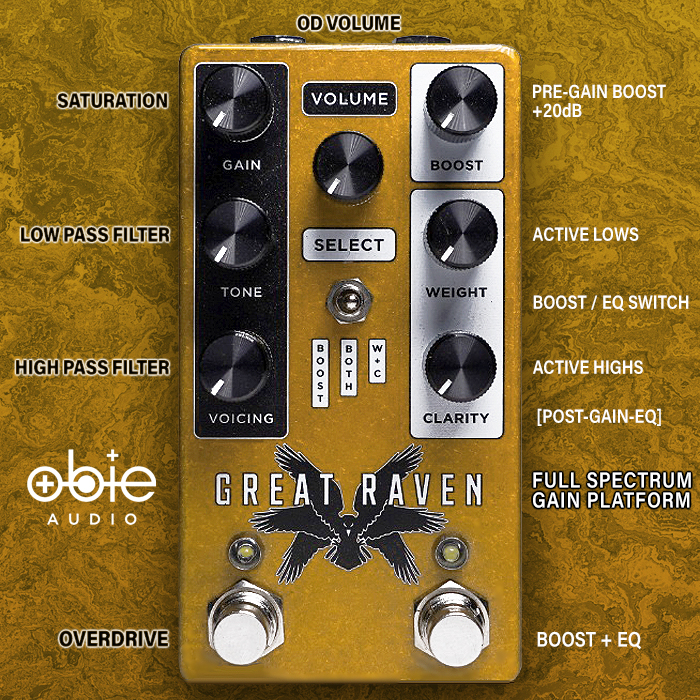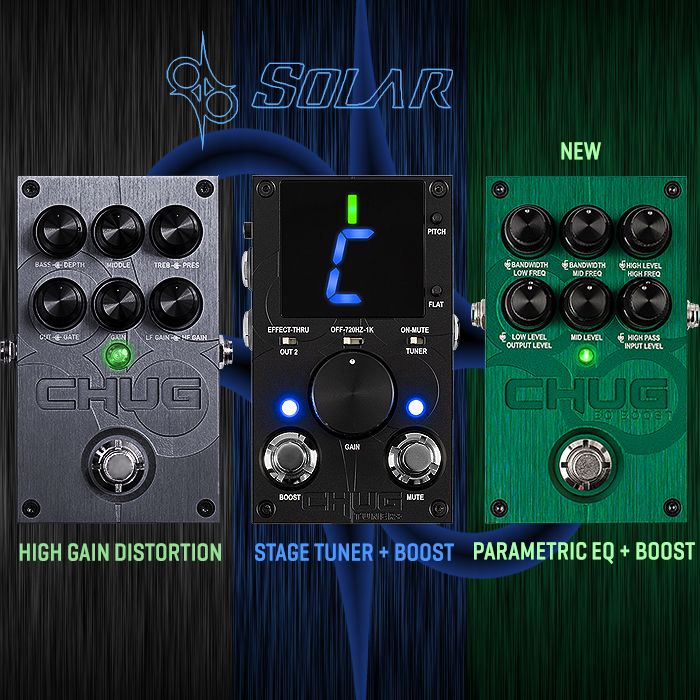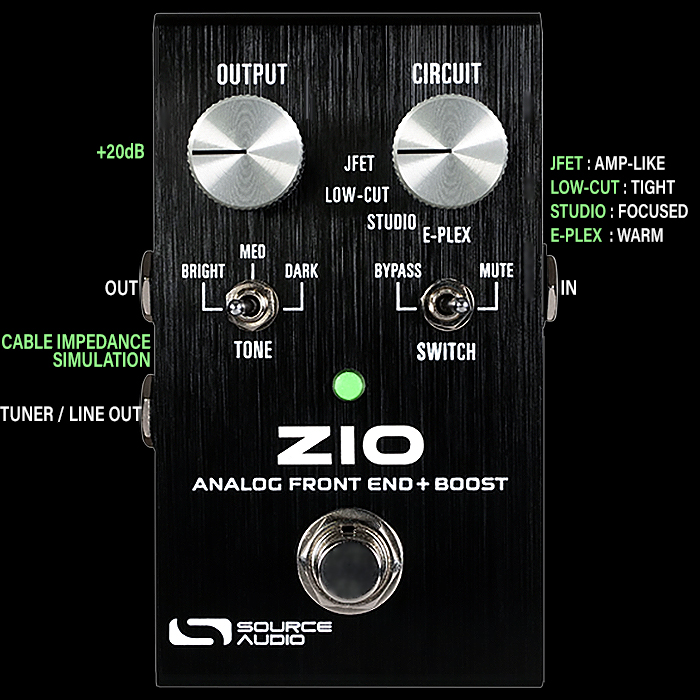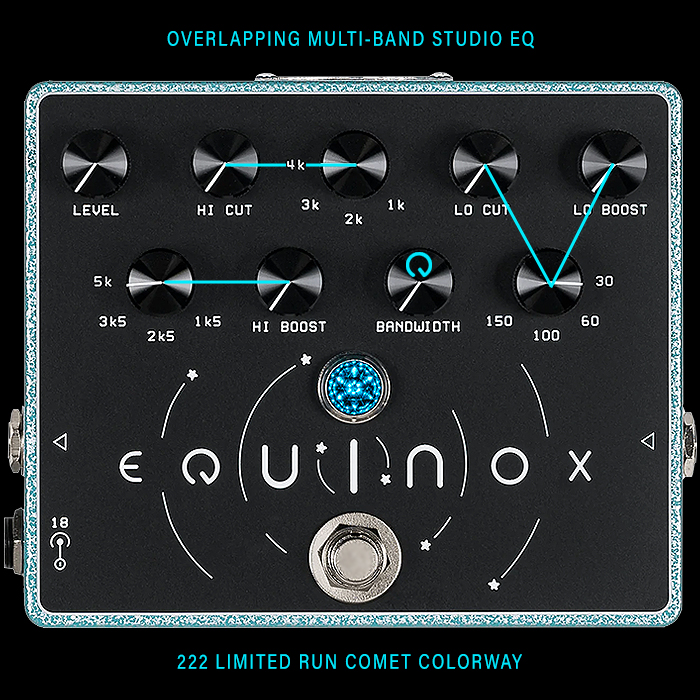Muir Audio Design's Morphtone EQ - a Morphing Dual Parametric EQ - delivers an innovative and powerful new way for shaping your instruments' output tone
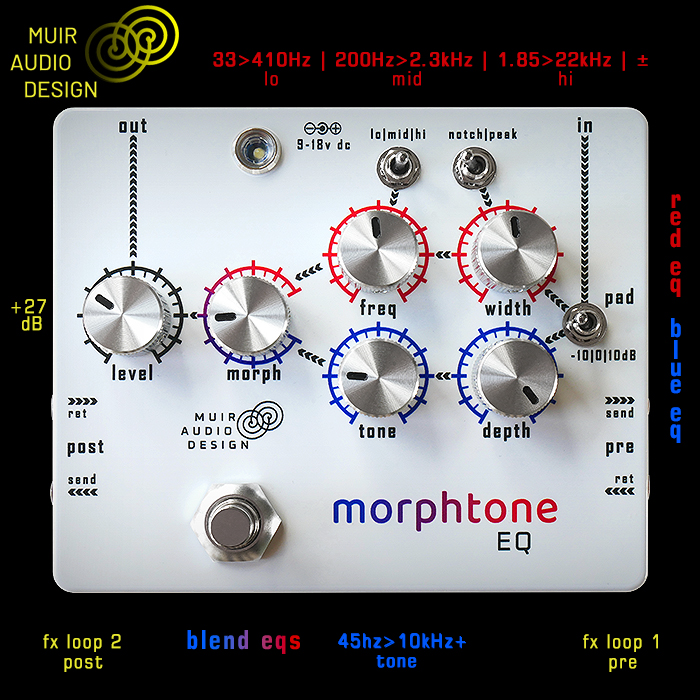
Colin Muir is no stranger to electronics and audio design - having been involved in that industry for many a year - from intensive R&D through to full final product development. Until very recently he has kind of dabbled with building pedals - the usual sort of friends and family affair. And while his new Muir Audio Design business evolved during Covid - the timing was entirely coincidental - rather than a catalyst for Colin to go it alone. Muir Audio Design is Colin’s full focus and main job now. The brand’s manifesto and mission - similar to Gamechanger Audio - is to design and produce entirely new and original pedals - not rehash or derivate existing circuits! The Morphtone Dual Parametric EQ is Colin’s first Muir Audio Design product - and is available for order on the Muir Audio Design Webstore right now.
Controls - Pad (Instrument Input Level : -10 | 0 | +10 dB, Lo / Mid / Hi Red EQ Frequency Bands, Notch / Peak : Red EQ Frequency Cut / Boost, Freq (Red EQ Frequency), Width (Red EQ Q-Bandwidth), Tone (Blue EQ Frequency Select), Depth (Blue EQ Degree / Intensity), Morph (Blue EQ <> Red EQ Blend), Level (Up to 27dB Boost), Dual Pre & Post Send & Return FX Loops, Engage / True Bypass Footswitch.
What we have here is a unique Dual Blendable EQ Pedal with FX Loops pre and post the EQ section. Essentially the lower Blue EQ is a broader-based wide-ranging EQ which spans from 45Hz to over 10kHz - and where you set the degree / intensity of EQ impact via the second Depth Knob.
The upper Red EQ is a more refined EQ - which allows you to much more finely Boost / Cut / Attenuate a pin-point frequency per 3 different ranges - LO (33Hz to 410Hz), MID (200Hz to 2.3kHz, and HI (1.855 to 22kHz). Here the second control Width is the Q-Bandwidth or the bell curve span of your frequency focus - which can be as narrow or wide as you like - allowing you to target just a single frequency for enhancement, or a slightly broader cluster. The Notch/Peak switch selects whether you are Cutting / Attenuating said frequency (Notch), or Boosting it (Peak).
The pedal then derives its name from its smart ’Morph’ blend knob which allows you to precisely set the Mix of those 2 EQs. I’ve thought of further applications here - which could eventually lead to a deluxe version of this pedal - with a second footswitch to individually select / flip between the Blue or Red or Combined EQs, as well as an LFO to create a moving modulation by alternating those two EQs against a clock chip, and finally an additional Expression port for dynamically controlling the Morph. As is though the pedal is already crammed and fully optimised for its size - where those Deluxe editions would inevitably add to the cost and the real-estate. In any case I see lots of potential evolved deployments and iterations for this smart new kind of EQ.
I also questioned Colin on the orientation and format of the pedal - which is actually incredibly well considered - and where the intuitive flow of the circuit - laid out by the control topology greatly adds to its usability. The Input Pad accommodates all and any instrument input - including Line In - where you can Cut or Boost the input by 10dB if such is required.
You then very cleverly have two separate FX loops - one before the EQ, and one after - so there are some really clever further possibilities here and even some ingenious experimental cable routing options no doubt.
In any case this is an incredibly powerful new kind of EQ - in as compact a form factor as is practical for this circuit. Colin recommends you set the Morph first to one extreme - and tune in that EQ - probably Blue EQ first, and then other extreme for the Red EQ - before you then finally select your particular preferred blend of those 2 EQs.
Really common sense and obvious in many ways - while this is the first time this has been innovated in such a manner as far as I understand. Colin is evidently off to a very strong start.
The Muir Audio Design Morphtone Dual Parametric Blendable EQ is available right now for a very reasonable £249 on the Muir Audio Design Webstore.
I certainly feel that one of these will be in the reference collection fairly soon - as the design really intrigues and appeals to me - while I’ve not quite figured out yet how I would apply the FX Loops for my extensive 41-43 unit pedal chain. I will no doubt be negotiating an acquisition with Colin soon enough!
How about you dear readers - surely there is a high appetite for such a clever new design of EQ?
Demos

